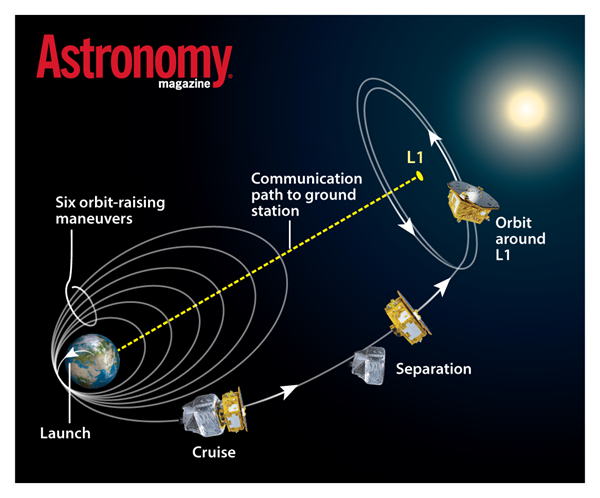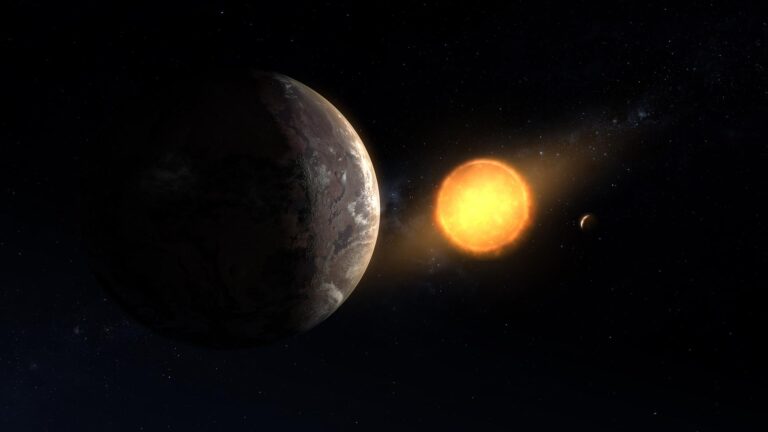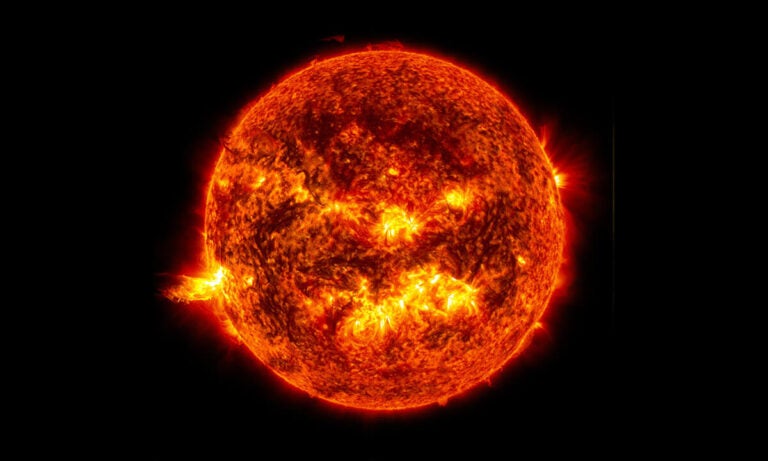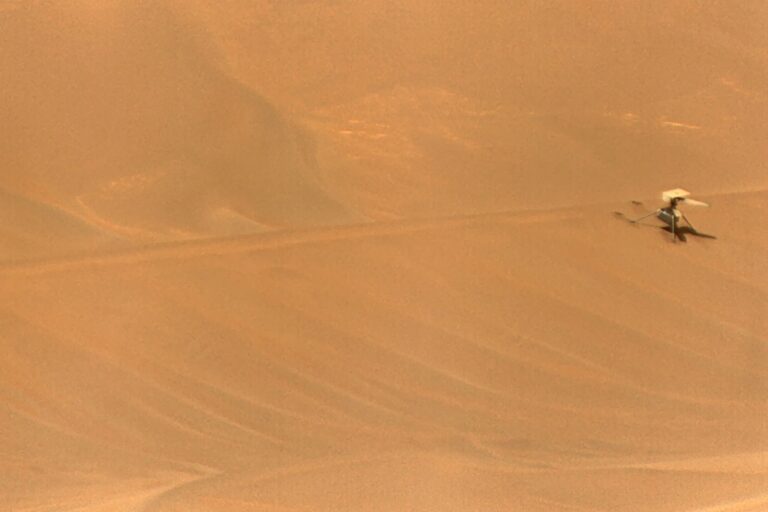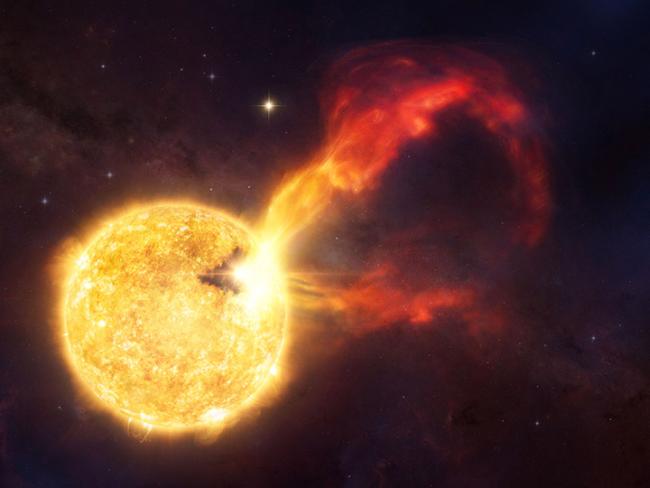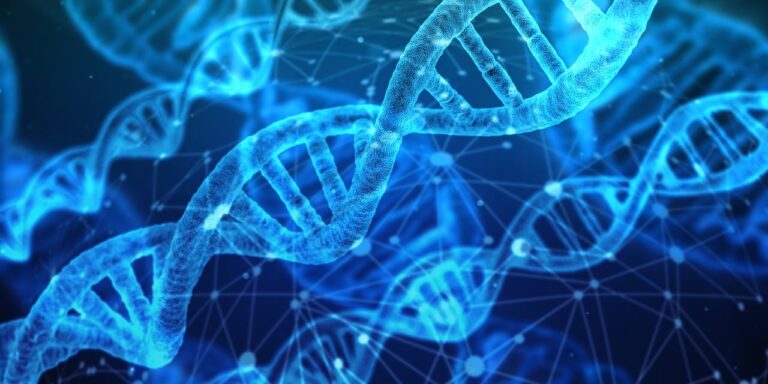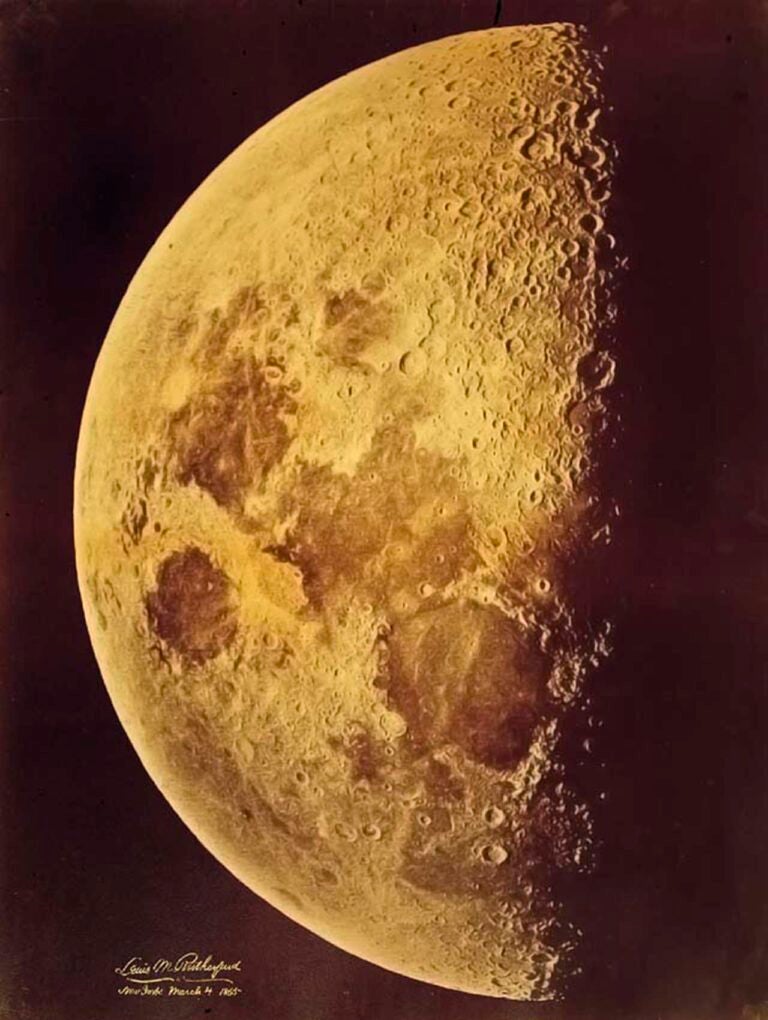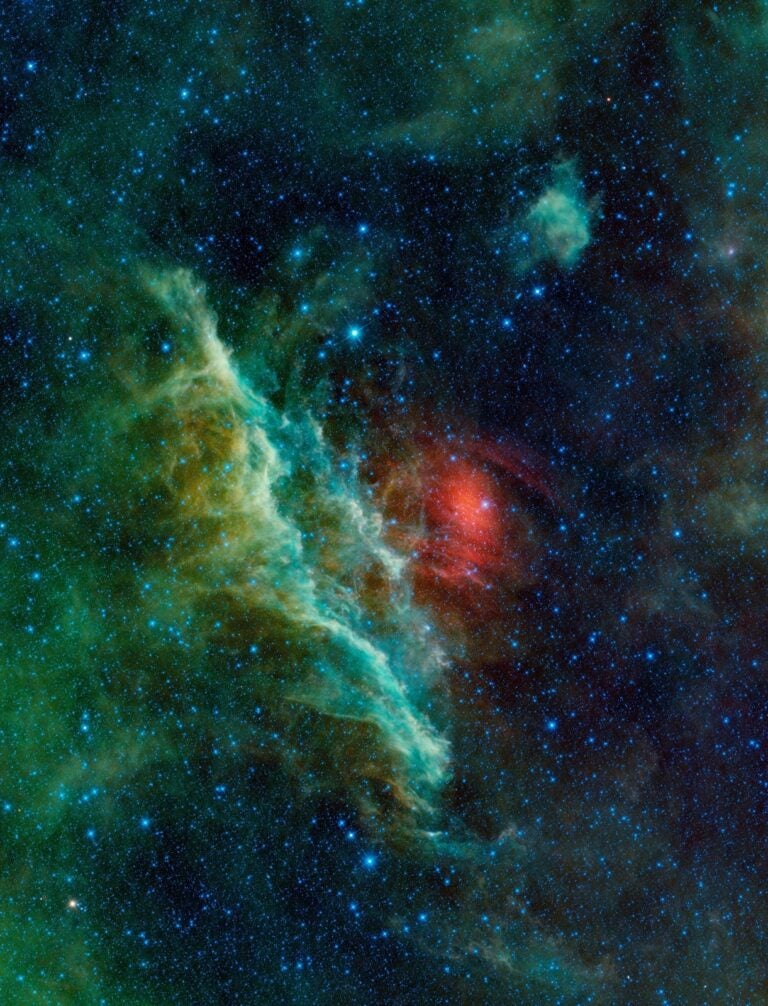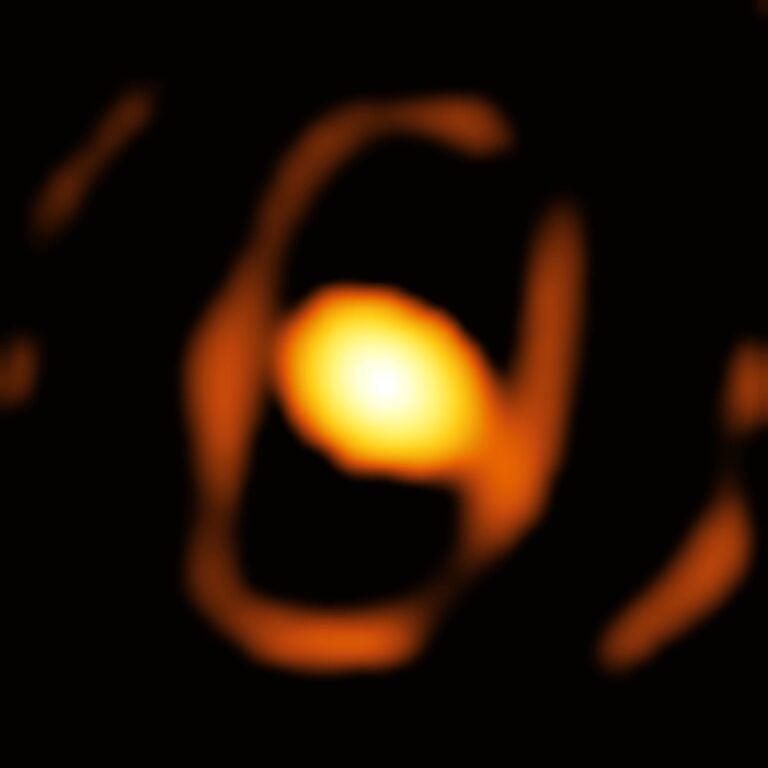In 1916, following his revolutionary general relativity theory, Albert Einstein predicted that extreme objects could create gravitational waves. But no one had ever found them.
The European Space Agency hopes to change that and allow astronomers to study the universe for the first time outside the electromagnetic spectrum — letting them “hear” the universe, as the mission managers put it.
The proof-of-concept mission is a flying physics lab that packs an optical bench with 22 mirrors and beam splitters.
One laser beam aims at two free-falling test masses, while the other reflects through the bench. LISA Pathfinder will isolate these gold-platinum cube test masses from all external forces except gravity, allowing them to enter the most precise freefall ever observed.
The spacecraft endured seven weeks of orbit-raising maneuvers to reach its operational orbit. It then faces a six-week commissioning period, followed by eight months of technology demonstration.
If LISA works, it could be the first of a new class of spacecraft.

